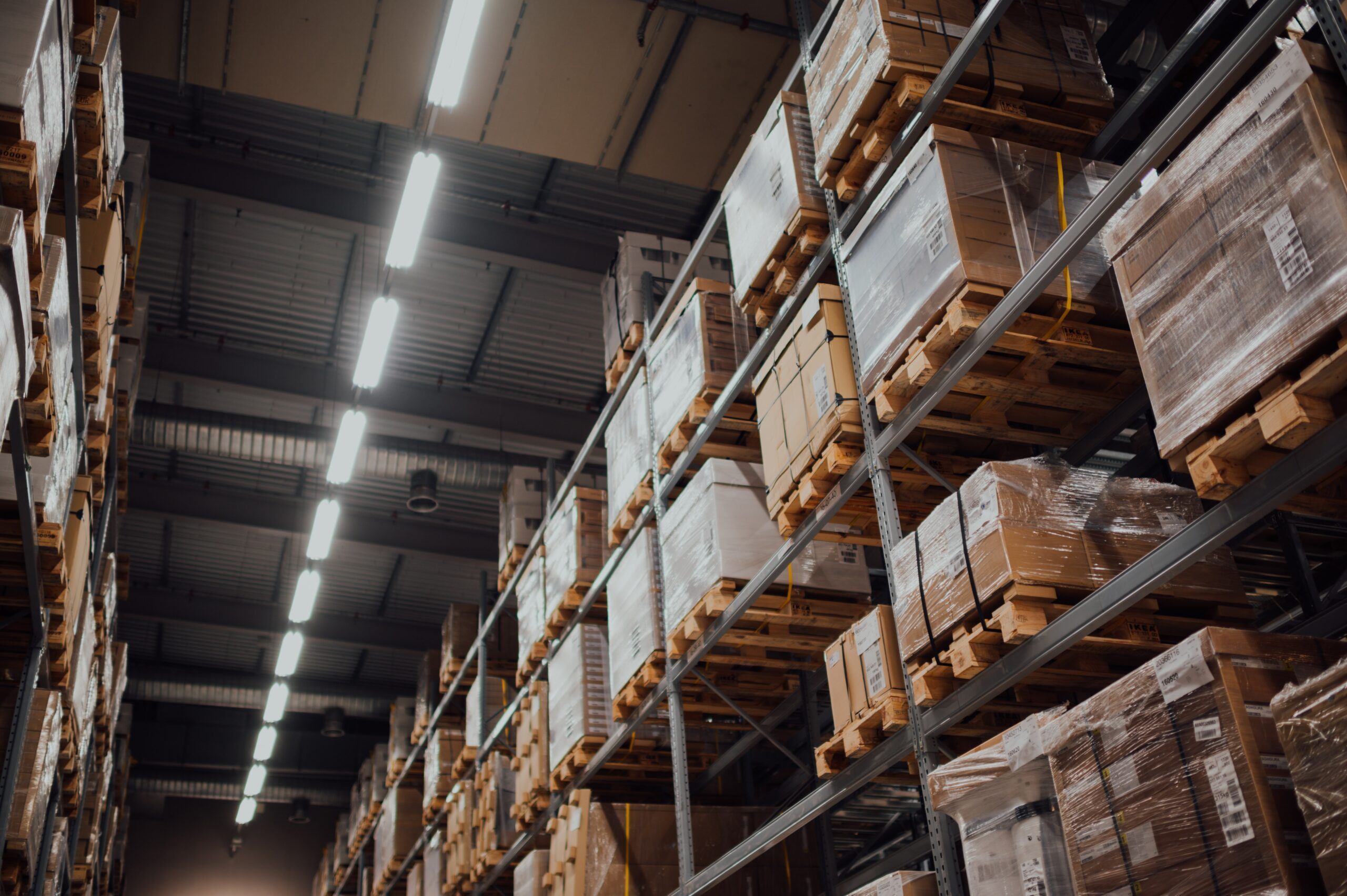As an online retailer, you're no doubt familiar with Fulfillment by Amazon (FBA) Small reminder, FBA, Fulfillment by Amazon, is a service that allows Amazon merchants to outsource their entire logistics order processing. This includes receiving, warehousing, picking, shipping and returns management as well as customer service.
Fulfillment by Amazon can be a great option for many sellers who want to reach a variety of clientele and take advantage of Amazon's vast logistics network. But is FBA still worth it in 2023? The competition on Amazon is constantly growing, the product range is getting bigger and bigger and due to the controversialbusiness practices of the Internet mail order company, it is repeatedly criticized. In this blog article, we look at why it is worthwhile for FBA users to reorganize their fulfillment setup this year.
Table of contents:
High cost
Amazon charges sellers a number of fees including monthly storage fees, membership fees, shipping fees and gift wrapping fees. In addition, the mail order company takes a percentage of the total sale price, depending on the type of item sold. The percentage ranges from 6 percent for PCs to 45 percent for Amazon device accessories.
Added to this is Amazon's strict structure for payouts – as a rule, these are made every two weeks. For some retailers, this inflexible structure poses a problem. Not only must the purchase or production of the goods be paid for, but many manufacturers also require an upfront payment of 25%. The manufacturing process combined with Amazon's shipping, customs clearance, and disbursement cycles can result in merchants not getting paid for the acquisition of goods until 3–4 months after the upfront payment. Amazon sellers face correspondingly long periods before they see a return on their inventory investment. Especially for sellers with low-priced products, FBA fees can add up quickly, significantly impacting profit margins. Starting in March, shipping fees are expected to increase even further and new capacity limits will be set for FBA merchants.
Overall, selling goods on Amazon requires a significant investment and patience on the part of the merchant. While Amazon offers a large reach and customer base, sellers must be prepared to think long-term and potentially accept extended periods of no return.
Fierce competition
Amazon offers a large number of sellers the opportunity to sell the same product. Since the barrier to entry for sellers is extremely low, they often compete with numerous other players, and the trend is rising. Moreover, the competition is not only local; more and more sellers from China are conquering Amazon's retail market with low prices. Amazon itself is also competing with online retailers. Goods that perform well are increasingly offered as "Amazon Basics" items and thus compete with the goods offered by retailers on Amazon.
This excessive competition also usually makes it difficult to attract enough customers to generate the sales you need for your business, which is especially challenging for newcomers.
Strict packaging guidelines
Amazon has strict guidelines on the packaging process, including labeling and actual packaging of individual products and shipments. If the product is not packaged correctly, it is returned at the merchant's expense. This not only slows down the process, but also adds a significant opportunity cost, as inventory left in transit/inspected could have been sold through other channels. Alternatively, merchants have the option of using the FBA preparation service, where Amazon prepares shipments for shipment to fulfillment centers and properly packages the products. However, this can prove costly and is not available for every product category.
Weak brand image
Unlike specialized webshops, Amazon does not offer customer service, which can be a disadvantage especially for products that require intensive consultation. In addition, Amazon is the dominant brand in the sales process. The seller's brand is usually not perceived. The lack of branding options on the packaging further reinforces this effect. It can happen that customers only mention Amazon as a supplier when making recommendations and the actual product is lost in the crowd. At the same time, the "aesthetic buying experience" is becoming increasingly important to many consumers. Just think of the numerous unboxing videos that are circulating on the web - individual packaging is not only an eye-catcher, it also helps to strengthen one's own brand.
Conclusion
There is a reason that Fulfillment by Amazon is still a very popular fulfillment solution. As one of the largest online retailers with over 300 million customers worldwide, Amazon offers a lot of potential for aspiring online retailers. However, the Amazon fulfillment solution also comes with some problems. As one's business grows, order fulfillment requirements may change. Perhaps merchants find that FBA no longer meets their needs in terms of storage capacity, shipping options, or other factors. On the other hand, not all merchants can keep up with Amazon's fee increases.
Fulfillment solutions like Warehousing1 offer more flexibility: Scale your business efficiently by booking additional capacity as needed and benefit from flexible contracts. Save time, money and stress by optimizing and automating processes via our software and strengthen your customer loyalty thanks to detailed updates on order status, smooth handling of returns and a personalized user interface to match your brand in our customer portal.



